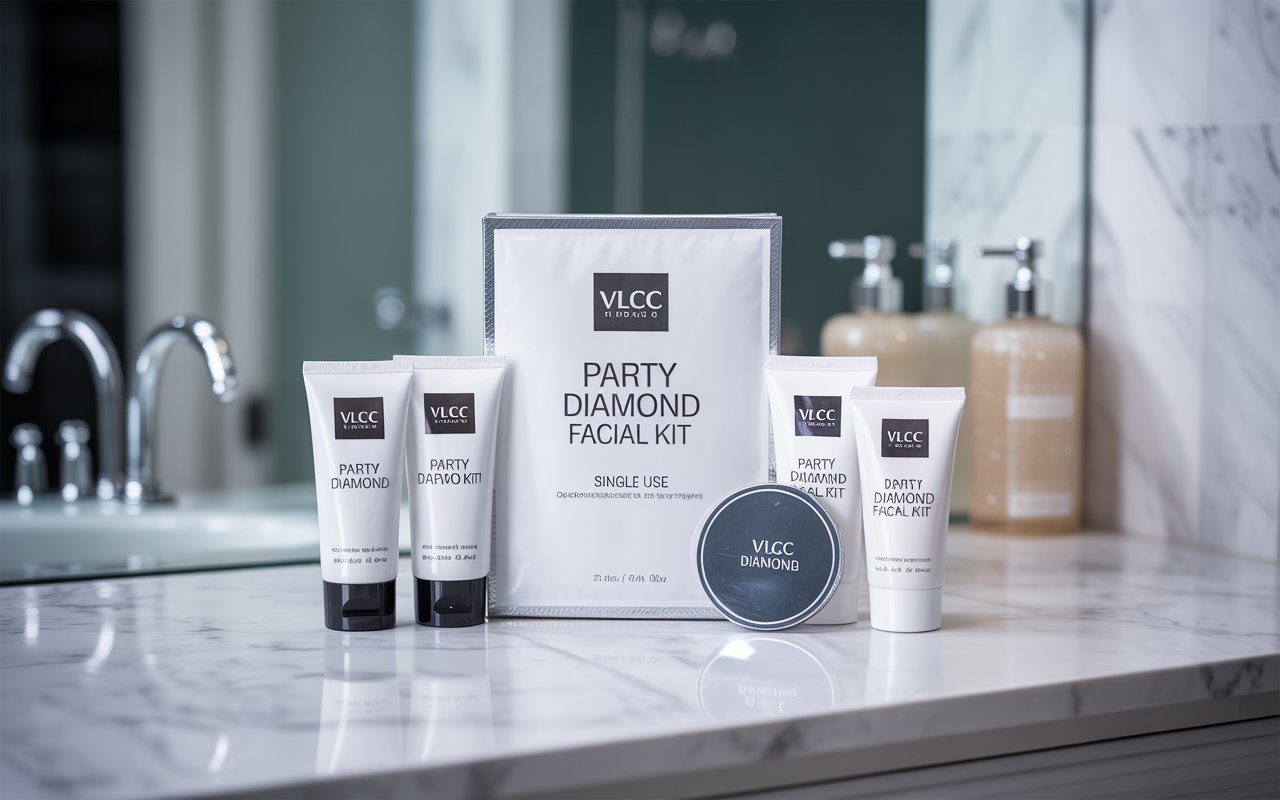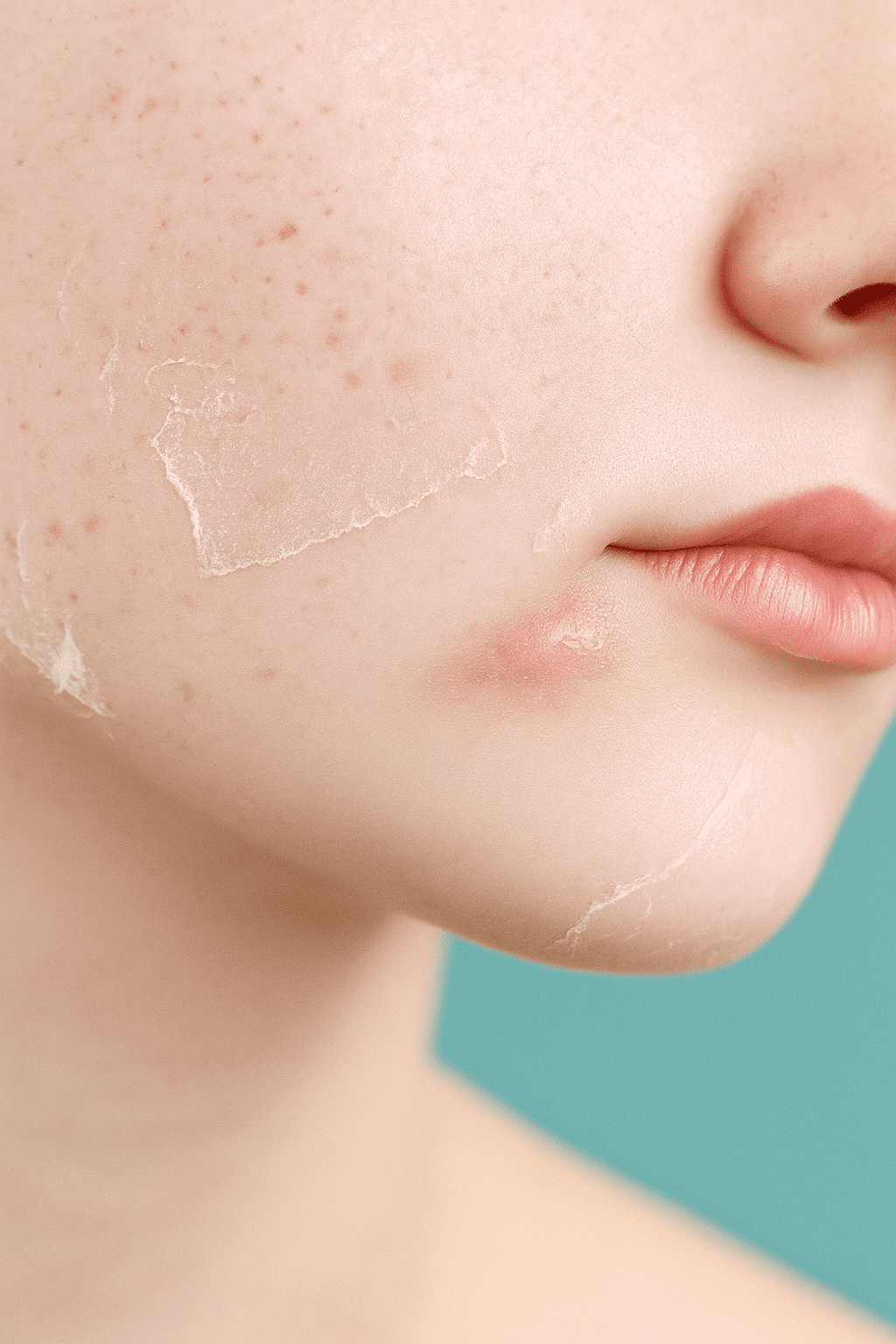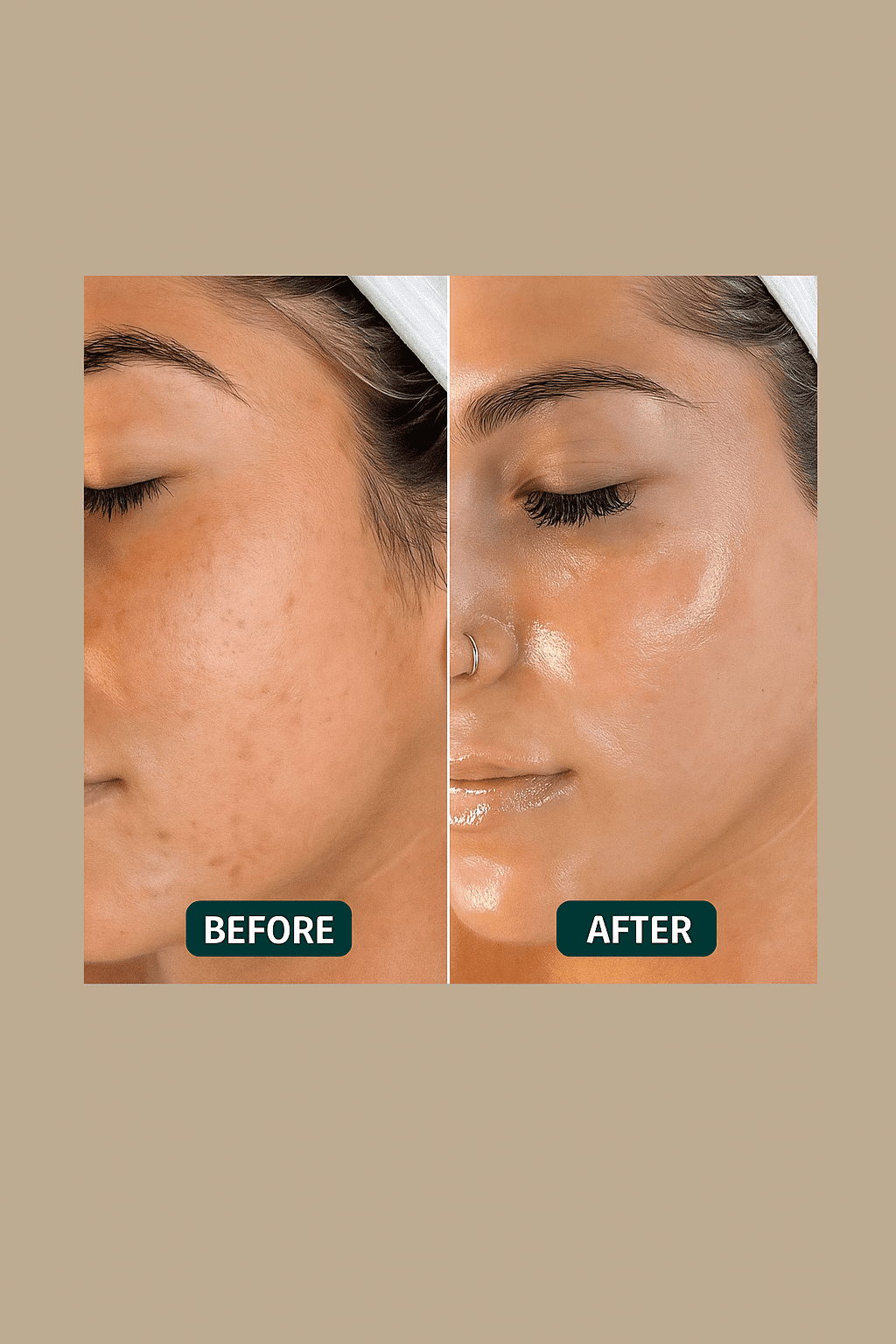Before the Glow: Many people rush into facials hoping for instant radiance, but skip the most important step, understanding their own skin. Have you ever wondered why a facial that works for your friend leaves your own skin red or broken out? The secret isn’t the product itself, but first knowing your unique skin type.
When you learn what your pores, texture, and hydration levels really need, you stop guessing. A simple skin check shows if your skin is oily, dry, sensitive, or a mix. This small step saves you money on the wrong products and protects you from irritation.
A quick visit to a licensed esthetician or dermatologist can reveal hidden dryness, clogged pores, or sun damage you can’t see in the mirror. With that knowledge, every product you use is matched to your skin’s real needs, helping you reach a healthy, lasting glow instead of risky trial and error.
A simple skin analysis acts like a map, guiding you to the right choices. This smart first step saves your money, protects your time, and prevents painful reactions, ensuring your path to healthy skin is safe, effective, and truly glowing.
What Skin Analysis Really Means
A professional skin analysis is like a health check-up, but for your skin. A beauty expert uses special tools and their knowledge to look beyond what you see in the mirror. They don’t just see pimples or dryness; they understand the why behind them.
Experts Read Your Skin for a Clearer Future
Skin experts, or estheticians, look at three main things to give you the best advice:
- Pore Size and Condition: They check if your pores are clogged with oil and dirt or stretched from being neglected. This helps them choose the right products to deep clean your pores effectively.
- Skin Texture: Is your skin smooth, rough, or flaky? This tells them about your skin’s health and how it sheds old cells. Rough texture often means you need gentle exfoliation.
- Hidden Issues: They use a bright magnifying lamp to see problems you can’t spot yourself, like dehydration (lack of water), sun damage, or early signs of aging hiding under the surface.
This whole process helps create a personalized skincare plan that solves your specific problems, instead of just guessing.
Why a Professional Check is Better Than a Mirror
| What You See in a Mirror | What an Expert Sees with Analysis |
|---|---|
| A shiny nose. | Overactive oil glands in your T-zone that need balancing. |
| A red, dry patch. | Possible dehydration or the start of a skin reaction. |
| A blackhead. | A pore clogged with oil and dead skin that needs extraction. |
| Dull-looking skin. | A buildup of dead skin cells that need exfoliation. |
The main goal is to find the root cause of any issue and stop it before it becomes a bigger problem, giving you healthier skin for a long time.
When you know your skin is oily, you don’t always need a special dermatologist visit. Choose the right facial like Janssen Facial Secrets to enjoy 17 skin benefits, control pigmentation, and keep your skin looking fresh.
Why Skin Analysis Comes First
Before any facial or new skincare product, a professional skin analysis is the most important step. It is like a map for your skin, guiding every treatment that follows. Here’s why it is essential:
- Matches products to your unique skin type. This prevents using products that can cause redness or irritation.
- Detects early skin issues. It can reveal hidden problems like sun damage, dehydration, or an imbalance in oil production that you might not see yourself.
- Builds confidence in your treatment. Knowing exactly what your skin needs makes you feel sure and safe about the facial you are getting.
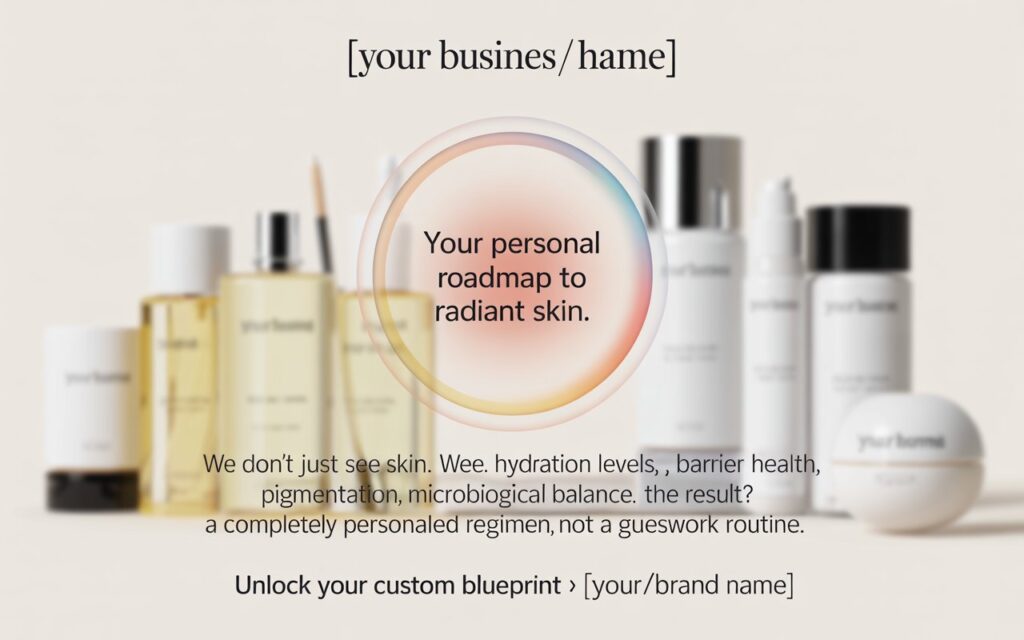
Skin for a Healthy Glow
A simple analysis helps you and your expert choose the right path for your skin’s health. Focus on these key aspects:
- Identify Your Skin Type: Is it dry, oily, combination, or sensitive? This is the first question to answer.
- Look for Texture and Tone: The expert checks for dullness, fine lines, and how even your skin color is.
- Spot Underlying Concerns: Special tools can see issues under the surface, like sun damage or deep clogged pores.
Pros vs. Cons of Professional Skin Analysis
| Pros | Cons |
|---|---|
| Personalized care just for you. | Can be more expensive than buying products without guidance. |
| Prevents skin problems by using the right products. | Requires visiting a trained skincare expert. |
| Saves money in the long run by avoiding wrong products. | Some advanced tools might feel intimidating, but they are painless. |
Expert Tip: Always let your skincare expert know about any allergies or sensitivities you have before starting. This helps them create the safest, most effective plan for you.
How to Build for Healthy Skin
Taking care of your skin is easy! A good routine keeps your skin clean, healthy, and glowing. It doesn’t need to be complicated. Just follow these simple steps.
- Cleanse: Wash your face every morning and night with a gentle cleanser. This removes dirt, oil, and germs.
- Moisturize: Always apply a moisturizer after cleansing. It keeps your skin soft and prevents it from getting dry.
- Protect: The most important step! Apply a sunscreen every single morning to protect your skin from the sun.
Skin Type for Better Results
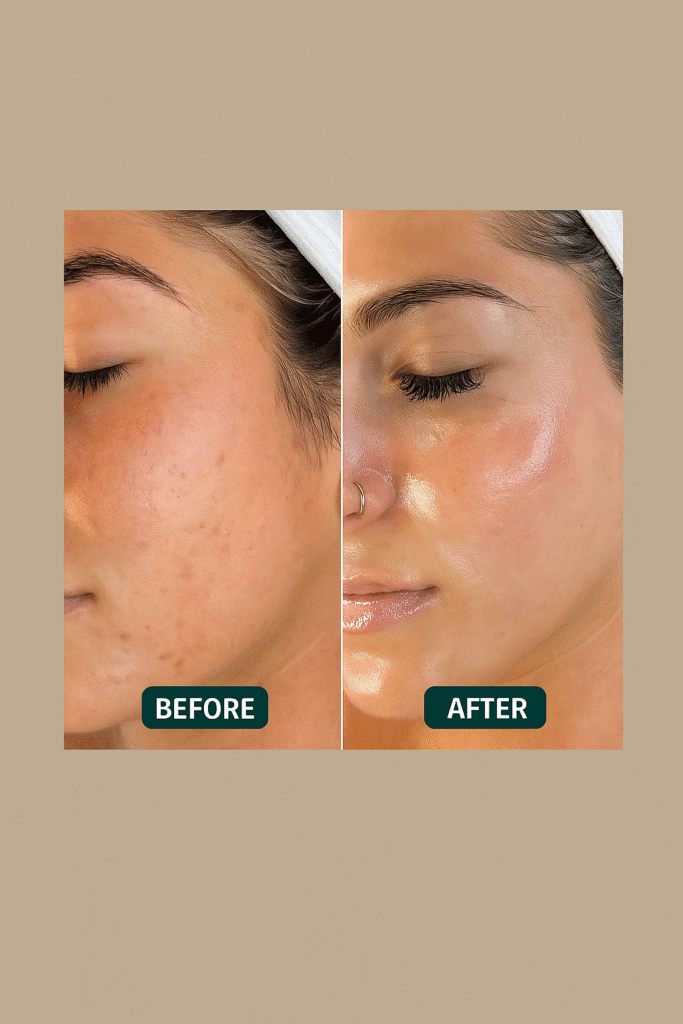
Knowing if your skin is dry, oily, or a combination helps you choose the right products. Here’s a simple way to figure it out:
- Dry Skin: Feels tight and rough, and might have flaky patches.
- Oily Skin: Looks shiny and feels greasy, especially on the nose and forehead.
- Combination Skin: Is oily in some areas (like the T-zone: forehead, nose, chin) and dry in others.
Pros and Cons of Common Skin Care Ingredients
| Ingredient | Good For | Things to Be Careful About |
|---|---|---|
| Salicylic Acid | Fighting acne and unclogging pores. | Can be drying. Start by using it just 2-3 times a week. |
| Glycerin | Hydrating all skin types. It’s very gentle. | It’s generally safe for everyone and doesn’t cause problems. |
| Niacinamide | Calming redness and controlling oil. | It’s a great, gentle ingredient for most people, especially teens. |
Actionable Tips for a Clear Complexion
Follow these expert tips to see a real difference in your skin.
- Don’t pop pimples! It can push bacteria deeper and cause scars.
- Change your pillowcase once a week to avoid putting dirt and oil back on your face.
- Drink plenty of water throughout the day. Hydration helps your skin look fresh from the inside.
- If you wear makeup, always remove it before you go to sleep.
Important Skin Insights You Might Not Know
Sometimes, your skin has hidden needs you can’t see just by looking.
- Hydration Level: Your skin might feel balanced, but actually be thirsty for water deep down. A good moisturizer fixes this.
- Hidden Sensitivity: Your skin might get red or itchy with harsh products. Always do a patch test behind your ear before using a new product all over your face.
- Sun Damage: The sun’s rays can cause tiny, invisible spots that show up later. Using sunscreen now prevents future problems.
- Product Compatibility: Mixing the wrong products (like some acne treatments with others) can irritate your skin. Keep your routine simple to avoid this.
Checking Your Skin Type at Home
Follow these steps for a quick skin analysis.
- Wash Your Face: Use a gentle cleanser and pat your face dry with a soft towel.
- Wait: Do not put any cream or product on your skin. Wait for about 30 minutes.
- Observe and Feel: Look closely at your skin in a mirror. How does it feel?
- If it feels tight or rough, you likely have dry skin.
- If it looks shiny all over, you likely have oily skin.
- If only your T-zone is shiny, you have combination skin.
- If it feels comfortable and looks clear, you have normal skin.
Pros and Cons
| Method | Pros | Cons |
|---|---|---|
| At-Home Observation | Free, easy, and immediate. | You might miss details a professional can see. |
| Professional Analysis | Very accurate. Uses special tools to see beneath the surface. | Can be expensive and requires an appointment. |
Happy Feelings of Knowing Your Skin
Getting to know your skin isn’t just about science; it makes you feel good too!
- Peace of mind when you know your skin is healthy and you are using the right products.
- Trust in the process because you won’t be surprised by sudden breakouts or reactions.
- Feeling cared for and confident, knowing you are doing the best thing for your skin before a big event or just for yourself.
Expert Tip: Always do a patch test when trying a new product. Put a small amount on your arm first to see if your skin reacts. This is the best way to prevent unexpected breakouts!
Different Facial Types for Your Needs
Not all facials are the same. They are designed to solve different skin problems. Here is a simple table to compare two common types.
| Type of Facial | Best For | Things to Know |
|---|---|---|
| Basic Cleansing Facial | All skin types, especially beginners. | This is a gentle treatment. It includes cleansing, a light scrub, steam, and a moisturizer. It’s perfect for general skin health. |
| Deep Cleansing Facial (for Acne) | Oily skin and fighting pimples. | This treatment goes deeper. It includes special extractions to clean clogged pores. It might use products with salicylic acid. |
Simple Skin Care Tips for After Your Facial
What you do after your facial is just as important! Follow these tips to keep your skin glowing.
- Leave it alone: Your skin is sensitive. Avoid touching your face throughout the day.
- Skip the sweat: Avoid exercising for at least 12 hours after your facial. Sweat can irritate the clean, open pores.
- Protect your skin: Always use sunscreen when you go outside. Your fresh skin can be more sensitive to the sun.
Pros and Cons of Natural Skin Remedies
Some people use kitchen items, such as lemon or baking soda, on their skin. It’s important to know if this is safe.
| Pros | Cons |
|---|---|
| Readily available at home | Can be very harsh and damage your skin’s surface |
| Often inexpensive | Can cause allergic reactions or redness |
| Feels natural | Results are not proven by science |
Expert Tip: It is always safer to use products made for the face.
Expert Tips for a Long-Lasting Glow
Following these simple steps will help you maintain healthy skin.
- Stay hydrated: Drink plenty of water throughout the day.
- Keep it simple: A steady routine with a few good products is better than using too many.
- Avoid harsh experiments: Don’t scrub your skin too hard or use products meant for adults.
- Be patient: Good skin habits show results over time, not overnight.
What is a Professional Skin Analysis?
A professional skin analysis is a detailed check-up for your skin. It is like a doctor’s visit, but for your skin’s health.
An expert uses tools and asks questions to understand your skin type, any hidden problems, and its specific needs. This helps in creating the perfect skincare plan just for you.
How to Analyze Healthier Glow
You can learn a lot about your skin at home by following these simple steps:
- Cleanse Your Face: First, wash your face with a gentle cleanser and pat it dry. Wait for about 30 minutes. Do not apply any products.
- Examine the T-Zone: Look closely at your forehead, nose, and chin (this is your T-zone). Notice if it is shiny or has large pores.
- Check Your Cheeks: Feel your cheeks. Are they soft or do they feel rough and look flaky?
- The Blotting Test: Gently press a clean, dry tissue or blotting paper on different areas of your face. See if any oil appears on the paper.
Based on what you see, you can understand your skin type:
| If you see… | Your skin type is probably… |
|---|---|
| Oil on most parts | Oily |
| Oil only on the T-zone | Combination |
| No oil, skin feels tight | Dry |
| No oil and no tightness | Normal |
| Redness or flaky patches | Sensitive |
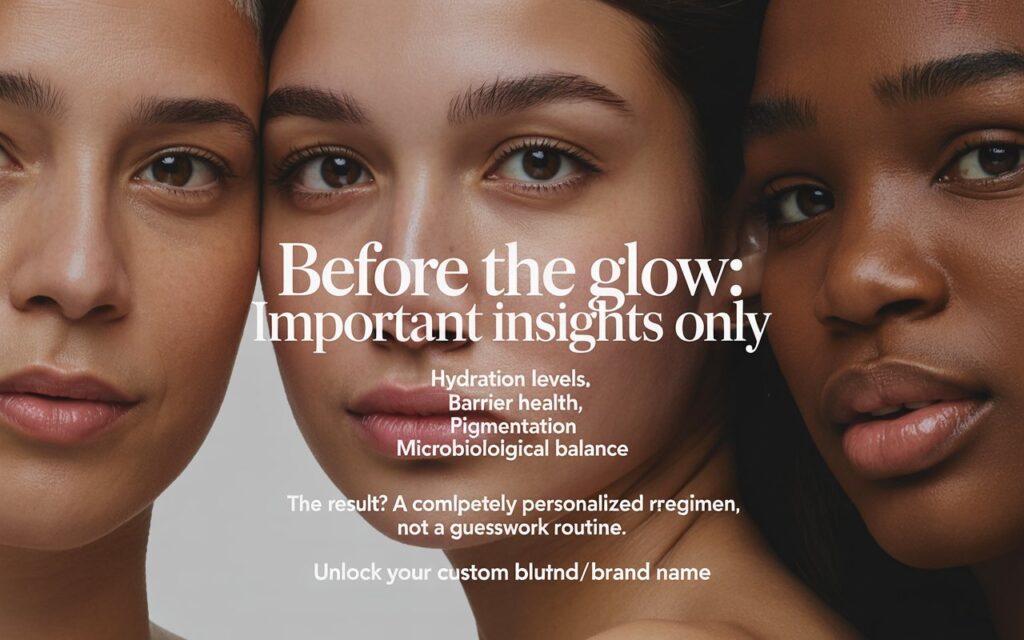
Pros and Cons
| Method | Pros | Cons |
|---|---|---|
| At-Home Check | Free, easy, and instant. You can do it anytime. | Not very detailed. You might miss hidden issues under the skin’s surface. |
| Professional Analysis | Very accurate. Uses special tools like a magnifying lamp to see deep pores, sun damage, and hydration levels. Provides a customized plan. | Can be expensive and requires booking an appointment with a specialist. |
Expert tip: For the best results, get a professional analysis once a year to track changes and update your routine.
Common Myths to Stop Believing
- “Skin analysis is only for problem skin.” – This is false. Everyone can benefit from understanding their skin better to prevent future problems.
- “It takes forever.” – Not true! A basic professional check-up often takes just 10-15 minutes.
- “Any facial is safe without a check.” – This can be risky. A treatment without a proper check might use products that irritate your skin. Always insist on an analysis first.
Simple Actionable Tips
- Be consistent. Use your skincare products every morning and night.
- Hydration is key. Drink plenty of water throughout the day to keep your skin moist from the inside.
- Never skip sunscreen. Sun protection is the most important step to prevent aging and damage. Use it even on cloudy days.
- Patch test new products. Before using a new cream or lotion all over your face, test a small amount on your jawline to see if your skin reacts.
FAQ Section:
1. What is a skin analysis before a facial?
A skin analysis is a check-up for your face. An expert uses a special magnifying lamp to look closely at your skin type, pore size, and any hidden concerns like dryness or sun damage. This helps them choose the perfect facial products for you.
2. Why is sleep important for skin glow?
While you sleep, your body repairs skin cells and produces new ones. Good sleep boosts blood flow, delivering more oxygen and nutrients to your skin. This natural process gives you a healthy, morning glow without any products.
3. How many hours of sleep are needed for glowing skin?
Aim for 7 to 9 hours of quality sleep each night. This gives your body a full rest cycle to complete its essential skin repair work, leading to a fresher and more radiant complexion by morning.
4. What is the best sleeping position for your skin?
Sleeping on your back is best. It prevents your face from pressing into the pillow, which can cause sleep lines and wrinkles over time. It also helps reduce morning puffiness under your eyes.
5. What should I apply to my face before sleeping?
Always wash your face first. Then, apply a simple moisturizer that suits your skin type. This hydrates your skin all night and locks in moisture, helping your body’s natural repair process work even better.
6. How to clean your face properly before bed?
Use a gentle cleanser with warm water to remove all dirt, oil, and makeup. This prevents clogged pores and breakouts, allowing your skin to breathe and renew itself freely while you sleep.
7. Can a good sleep routine reduce wrinkles?
Yes, consistently getting enough sleep helps your body produce collagen, a protein that keeps skin firm. This can slow down the formation of fine lines and wrinkles, helping you maintain a youthful appearance.
conclusion:
In short, beautiful skin starts with understanding it through analysis and supporting its natural repair cycle with enough quality sleep.
By cleaning your face at night, sleeping on your back, and getting 7-9 hours of rest, you give your skin the best tools to glow, stay healthy, and look its best.
https://anamsvanity.com/diy-hair-care-after-rebonding-10-powerful-tips/
https://anamsvanity.com/powerful-hair-loss-solutions-hormone-replacement/


